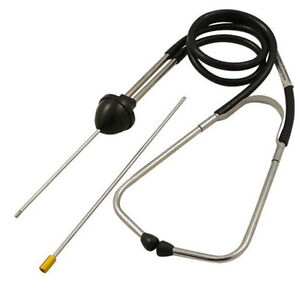ClockworkCoder
Chaotic Neutral
Great to learn that by increasing the voltage to 1.39v the 4GB unit works now. Yay!
That's great news! Where did I miss that?
Great to learn that by increasing the voltage to 1.39v the 4GB unit works now. Yay!
That's great news! Where did I miss that?
- 4GB RAM units freezing
- Really bad Wifi reception (which is what needs the measurements)
- Whirring noises when you connect something to USB or switch off the screen
Have the tests been done with the improved CPU board ?
I cant recall seeing any message that you produced any of the improved boards yet ?
NopeBut that would only affect the 4GB RAM, but as that's working now with the non-improved one already, it will also work with the final one.
ED's not crazy, the new board will be deeply tested before going to mass productionThanks for answering so quickly.
I would sleep much betterif we tested the improved boards before production.
ED's not crazy, the new board will be deeply tested before going to mass production
The CPU board has been improved as much as possible (thanks again to Juliano for the simulations!), so we're ready to start the production. As the circuit itself has not changed (we just added vias and a few capacitors), I am planning to order enough PCBs for the mass production already. A new prototype run is not really needed, as we now know we cannot further improve it and it should be good enough for 1,5GHz!
This would save us 6 weeks.
If it fails prematurely, it may be caused not by defective cable, but strains induced by closing and non-uniform twisting the cable back. I've seen it in some laptops. The test for this phenomenon is usually open, then close, then bang it slightly and observe/hear for any sounds from the cable. Sometimes there is a sound visible on analyzer right after the "bang", the coiled part of cable re-seats itself. The strain resulting from non-reseating cable may cause premature fail.Whenever I'm at home, watching a movie with my wife or similar, I'm opening... and closing... and opening... the lid. Over and over again.
wait, so 4GB is working reliably now? that's great!
i thought someone made better wifi traces (juliano?), are those implemented in the current pcb, or are they yet to be tested on the next one? wouldn't the problem just go away then (hopefully) with the next pcb production run?
If there's any hardware expert here (or if you know one) who has some additional ideas how to locate the part: Please let me know

No expert, but a tinkerer. When building a project years and years ago I hit this issue and solved it by ducttaping (well, of course you got to have thatIf there's any hardware expert here (or if you know one) who has some additional ideas how to locate the part: Please let me know
The Prototypes - who received them and why?
I've seen that question somewhere on the boards, here's an answer for you.
First of, unlike planned, I have NOT contacted any of the Protoype orderers yet. Sorry for that.
There are two reasons for that: I first wanted to make sure that enough prototypes are there for devs and second: I simply didn't have the time to write the needed informations for the preorderers.
I hope to find some time for that during GamesCom. But right now, only mainboards with bad wifi reception are available - so that's something you'd need to cope with.
But, as promised when you ordered, I will send you a fixed mainboard once they're available in case you still want one of those prototypes.
Out of curiosity, how would one go about fine-tweaking the wifi while avoiding another board revision? As far as I understand you'd need to have the new calculated wifi layout on the board to test properly, but the additional fixes are still gonna happen in hardware. Or is it just driver tweaking at that point?He made a calculation, yes, but it still differs a bit in real life and need to be fine-tweaked.
Out of curiosity, how would one go about fine-tweaking the wifi while avoiding another board revision? As far as I understand you'd need to have the new calculated wifi layout on the board to test properly, but the additional fixes are still gonna happen in hardware. Or is it just driver tweaking at that point?


